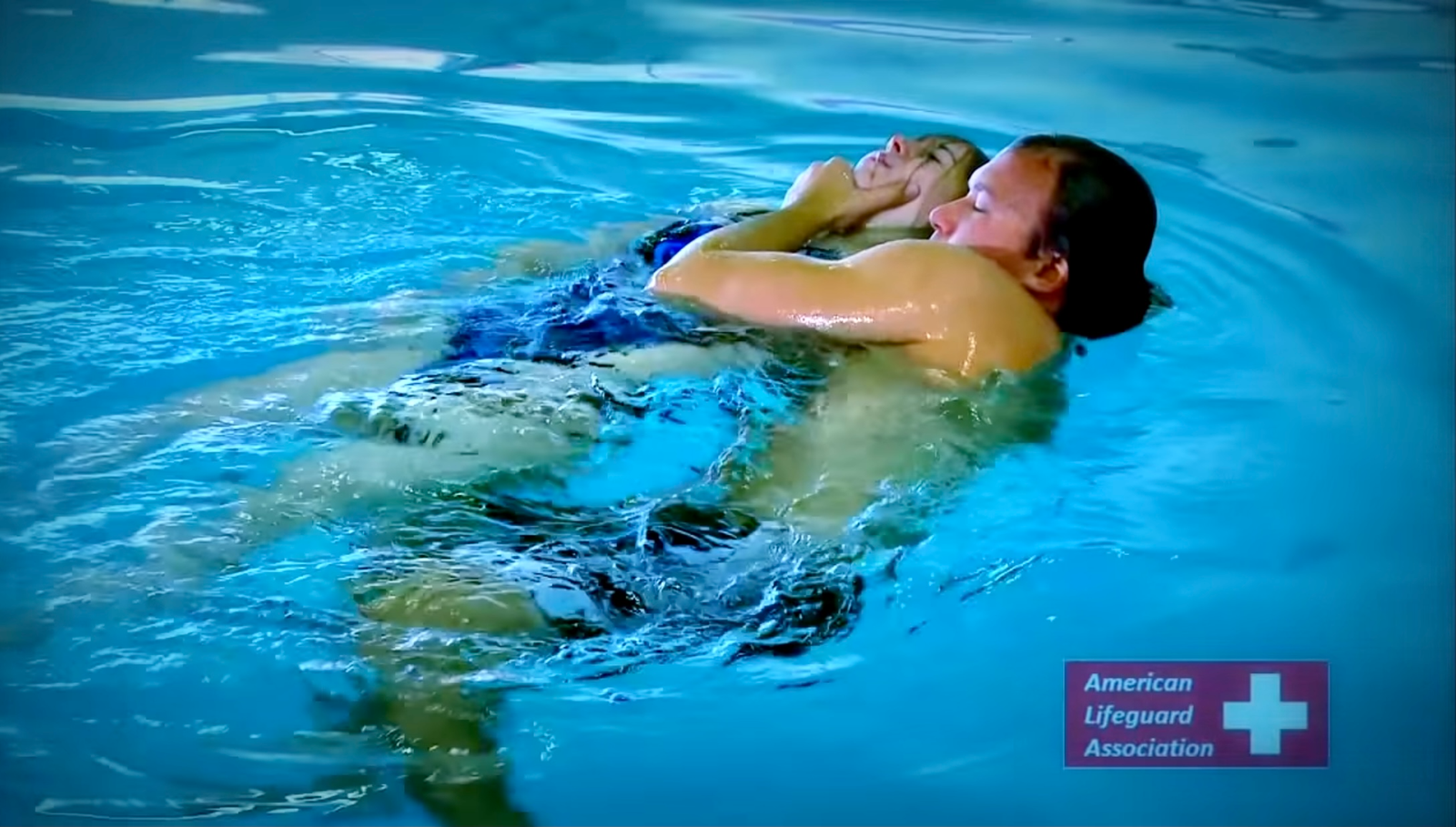Becoming a lifeguard is a pursuit that pays off. It gives skills needed to save lives and nurtures responsibility as well as physical development. Proper preparation is key to thriving in lifeguard classes and eventually obtaining certification. This guide, by the American Lifeguard Association, takes you through steps of preparing for your life saving training adequately.
Grasp the Prerequisites
Before enrolling for any lifeguard classes, one needs to know what they are dealing with so that they can meet all requirements set forth by them; these usually include:
Age Limit: Majority of courses require candidates to be atleast 15 years old.
Swimming Skills: Proficiency in swimming should be attained where one can swim continuously over certain distance (usually 300-500 yards).
Treading Water: You should be able to tread water for about two minutes without using hands but legs only.
Timed Event: Often times there will be need to complete timed event such as swimming particular length then diving down deep end picking brick from bottom before bringing it back up within given period.
Physical readiness
Lifeguard training can be quite demanding on person’s body thus it would greatly benefit an individual if they were physically prepared beforehand which also helps boost performance levels whilst lowering chances of getting injured during the exercise.
Practice Swimming: Regularly practice different swimming techniques concentrating more on speed, endurance and style like breaststroke or freestyle stroke among others;
Cardiovascular Exercise: Engage in activities like jogging, cycling or rowing which help build overall body fitness thus improving stamina needed during life guarding lessons;
Weightlifting: Include weight lifting workouts targeting core muscles along with upper parts of limbs especially arms since this strengthens them making you faster while swimming apart from general physical power;
Flexibility Training : Carry out various flexibility exercises like stretching before starting any form of exercise as this will enable joints become supple hence reducing risks associated with muscle strains during such activities.
Mental Readiness
Having mental preparedness is equally important as being physically fit for training since lifeguard classes involve both practical skills test and theoretical knowledge examination which calls for attentiveness coupled with quick thinking ability on part of the candidate.
Maintain Focus: Develop study habits where one sets aside specific time every day or week depending on their schedule so that they can read through different topics related to becoming a competent lifeguard; staying organized and having clear objectives helps in better retention of information learnt.
Grasp Basics: Familiarize yourself with basic principles surrounding saving people’s lives such as CPR, first aid among others; this gives you an upper hand during lessons since most instructors may start from scratch thus wasting much valuable time which could have been used elsewhere;
Visualization: Create mental pictures showing various rescue scenarios which might occur at any given point in time while carrying out life saving activities so that when faced with real situation during training, one knows exactly what steps need be taken next without panicking too much over it.
Get Your Equipment Ready
For smooth sessions of preparation there are some necessary items required for use during those moments hence one should ensure availability:
Swimming Costume: Select well fitting swimsuit made from durable material designed specifically for active swimming;
Goggles: Invest in good quality pair goggles meant to protect eyes from water chemicals while enhancing underwater visibility;
Towel: Have large sized absorbent towel convenient drying oneself off between exercises;
Water Bottle : Keep a bottle filled with drinking water close by always since keeping hydrated is fundamental throughout the entire process;
Notebook & Pen : Carry notepad together with writing materials like pen or pencil during classes because jotting down notes can greatly assist memory especially if taught new techniques.
Understand Course Content
Familiarizing yourself with what will be covered under each section helps make adequate arrangements prior attending any session. Generally most lifeguard courses cover areas such as:
Aquatic Rescue Skills – Here you are taught on various methods used when rescuing people from water including active victim rescue, passive victim rescue among others; also spinal injury management as well multiple victims’ rescues may feature in this part.
First Aid And CPR – Gain knowledge about giving first aid treatment for different types of wounds like fractures or burns plus how to identify signs indicating cardiac & breathing emergencies thus enabling timely response.
Safety Measures: Learn about safety precautions like scanning, action plans for emergencies and ways to communicate.
Training in real-life situations: Take part in training exercises that mimic actual rescue operations. In these drills, you will be expected to apply what you have learnt under controlled yet realistic conditions.
Practice, Practice, Practice
You can only become good at being a lifeguard by constantly practicing your skills. Here are some tips on how to do it:
Replicate Real Scenarios: Create scenarios where one has to save another person or people from drowning either singly or as a group. Doing so will equip an individual with relevant abilities and courage needed in such situations.
Perfect Techniques: Put more effort into improving moves such as swimming styles; diving for objects submerged at various depths and managing victims both conscious and unconscious.
Seek Feedback: Get someone who is well versed with the practice or an instructor to assess your abilities. Constructive criticism helps identify areas of weakness while sharpening one’s prowess.
Stay Informed and Updated
Practices may change over time hence the need to stay abreast with current information on lifeguarding.
Attend Workshops: Enroll for refresher courses whenever they are available while attending seminars related to this field will also keep relevant knowledge fresh within our minds.
Read Manuals: Regularly go through manuals containing guidelines issued by bodies like American Lifeguard Association among others which offer them free of charge on their websites or through distribution centers located across different states nationwide.
Join Communities Online: Interact virtually with other professionals working towards similar goals thus sharing experiences gained along the way plus getting latest updates concerning changes made within policies governing lifeguards nationally as well internationally.
Keep Positive Attitude
Your attitude greatly impacts how much you gain from any given training program including being trained as a lifeguard.
Stay Positive: Always remind oneself about significance attached upon guarding lives against drowning besides recognizing personal potential in saving such victims; thereby remaining enthusiastic during entire training period.
Meet Challenges Head On: Approach all difficulties encountered during sessions with open mind seeing them as stepping stones towards acquiring new skills helpful in future emergency situations while on duty at different beaches or pools across America etc.
Conclusion
Physical fitness, mental preparedness and theoretical understanding are essential requirements for attending lifeguarding classes. Follow these steps while remaining committed to practice then rest assured of excelling in your course as well starting off a rewarding career path that involves safeguarding lives within aquatic environments.

